If there’s one thing we know, it’s that the world of marketing changes fast. But, here’s the deal: understanding marketing isn’t just a ‘nice-to-have’ skill—it’s an absolute game-changer.
Dive into the importance of marketing, and you’ll see that businesses, big and small, live or die by their marketing strategies.
In fact, digital worldwide ad spend is going to reach $485 billion in 2023.
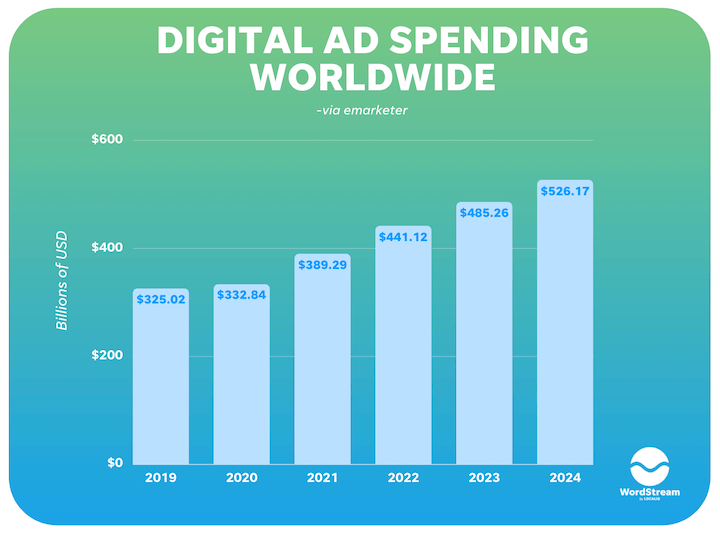
And, with the digital age in full swing, the ways we look at marketing have evolved. From the digital revolutions like SEO and content marketing to the traditional roots with print and TV, the landscape is vast and varied.
Whether you’re a seasoned pro or a newbie dipping your toes in, this guide’s got you covered on all things marketing.
Let’s get actionable and dig into what makes marketing so essential.
The Evolution of Marketing
Step back in time, and marketing looked a whole lot different. We’re talking billboards, radio jingles, and those TV ads that had everyone humming along.
Yep, traditional marketing ruled the roost, and it was all about print, radio, and TV. But then, the internet waltzed in, and boy, did it shake things up.
The digital revolution was more than just a phase—it was a massive shift. Enter SEO. This wasn’t just about making sure your site looked pretty.
Nope, it was about ensuring it showed up when Mr. John Doe typed in a query on his search engine. Companies that didn’t jump on the SEO bandwagon? They were left in the dust.
And the numbers show it: a study from BrightEdge revealed that organic search drives 53% of all website traffic. That’s more than half!
But SEO was just the tip of the iceberg. Content marketing emerged as the hero we never knew we needed. It wasn’t about pushing a product; it was about providing value. Building trust. Becoming a thought leader in your niche.
And let’s not even get started on the power of social media. With platforms like Facebook and Instagram, brands could connect, engage, and even have a little fun with their audience in real-time.

Now, let’s get a sneak peek into the future. AR/VR is stepping onto the scene, offering immersive experiences like never before. And with AI in marketing? Personalization is no longer a luxury—it’s an expectation. Consumers crave bespoke experiences tailored just for them.
While the tools and tactics might change, the essence of marketing—building genuine connections and offering value—remains the same.
Whether you’re crafting a killer print ad or optimizing your site for voice search, always remember: it’s all about the audience.
The 4 Ps of Marketing: Your Recipe for Success
One of the most fundamental parts of understanding marketing is the “Four P’s.” Let me explain.
1. Product
This isn’t just about what you’re selling. It’s about solving a problem, filling a gap, being the answer to someone’s “I wish there was…”. Whether it’s a physical product, software, or a service, you’ve got to nail this down.
Dive deep into what sets your product apart. According to a PWC report, 32% of customers would walk away from a brand they love after just one bad experience. So, make that product shine!
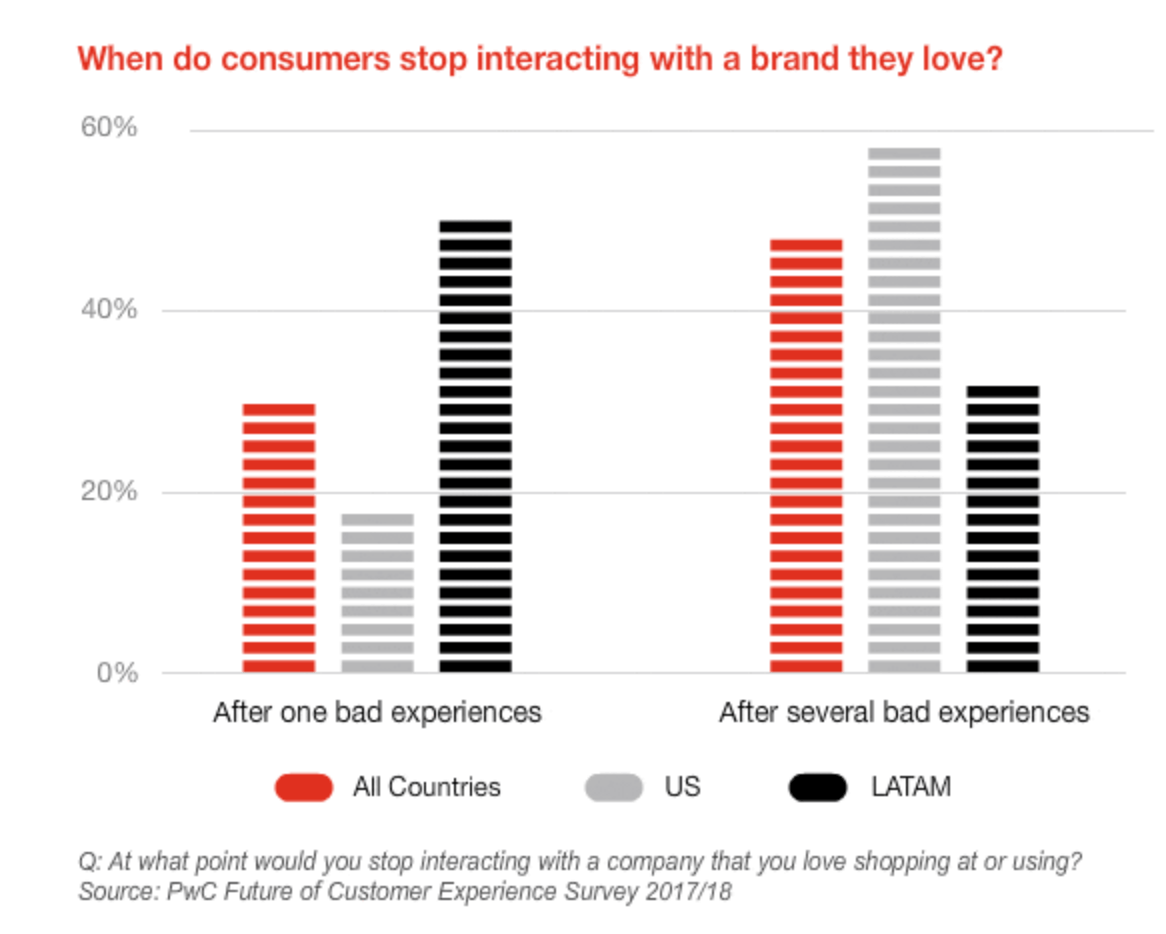
2. Price
This isn’t just slapping on a price tag. It’s art and science. Too high, and you might alienate potential customers. Too low, and you’re underselling your value. Consumers consider price as one the primary reason for brand switching. So, get this right!
Analyze your competitors. Understand your costs. And most importantly, know the value you’re providing to your customers.
3. Place
Think distribution. Where’s your product hanging out? Online? In a swanky store? A pop-up shop? Your placement strategy can make or break the game. If customers can’t find you, they can’t buy from you. Period.
Map out where your target audience spends their time. Then, ensure your product is right there, waiting for them.
4. Promotion
This is where the magic happens. It’s how you communicate with your audience. SEO, PPC, content marketing, those fancy TV spots—it all comes under this.
But, be strategic. Many consumers trust earned media (like recommendations from friends) more than any other form of advertising.
To capitalize on this, diversify your promotional strategies. Try different channels, measure results, and refine. Always be where your audience is, but remember, trust is gold.
The 4 Ps might seem simple on the surface, but delve deeper, and you’ll realize they’re your compass in the chaotic world of marketing. Keep them front and center, and you’re already on the path to marketing greatness.
Digital Marketing Deep Dive
Marketing is no longer achieved through television and radio. These digital channels are more powerful and popular than ever.
1. SEO (Search Engine Optimization)
Think of the internet as a crowded city, and SEO? It’s your billboard on the busiest street. Without it, you’re just a whisper in a hurricane.
A report from Intergrowth indicates that a whopping 68% of online experiences begin with a search engine. The message? Be visible, be relevant, and make sure you’re playing nice with Google and its pals.
Regularly update your content, ensure your website is mobile-friendly, and never underestimate the power of quality backlinks. You can learn more in my SEO copywriting course.
2. Content Marketing
It’s more than just words on a page. It’s about value. It’s storytelling. It’s establishing authority.
In fact, content marketing costs 62% less than traditional marketing and generates about three times as many leads. So, invest in quality content and watch it amplify your brand’s voice.
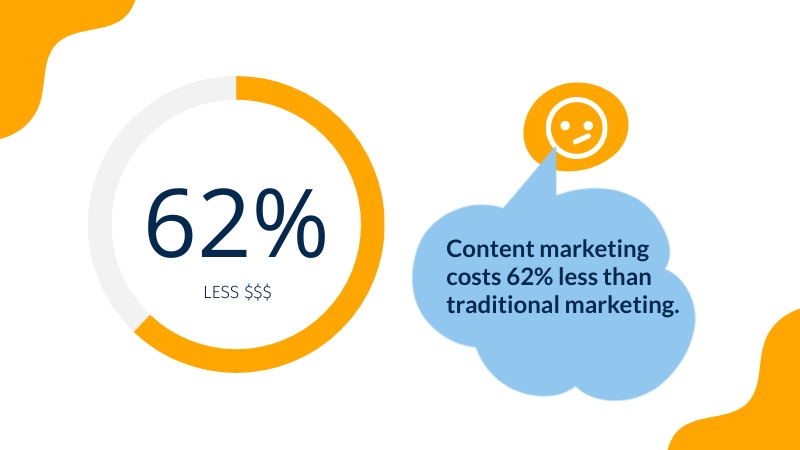
Identify your audience’s pain points and create content that addresses them. And always, always prioritize quality over quantity.
3. Social Media
The digital campfire where everyone gathers. Platforms like Facebook, Instagram, and Twitter aren’t just for memes and cute cat videos. They’re where your audience hangs out.
Statista reveals that by 2027, the number of social media users is expected to reach 5.85 billion globally. So, it’s high time to get social.
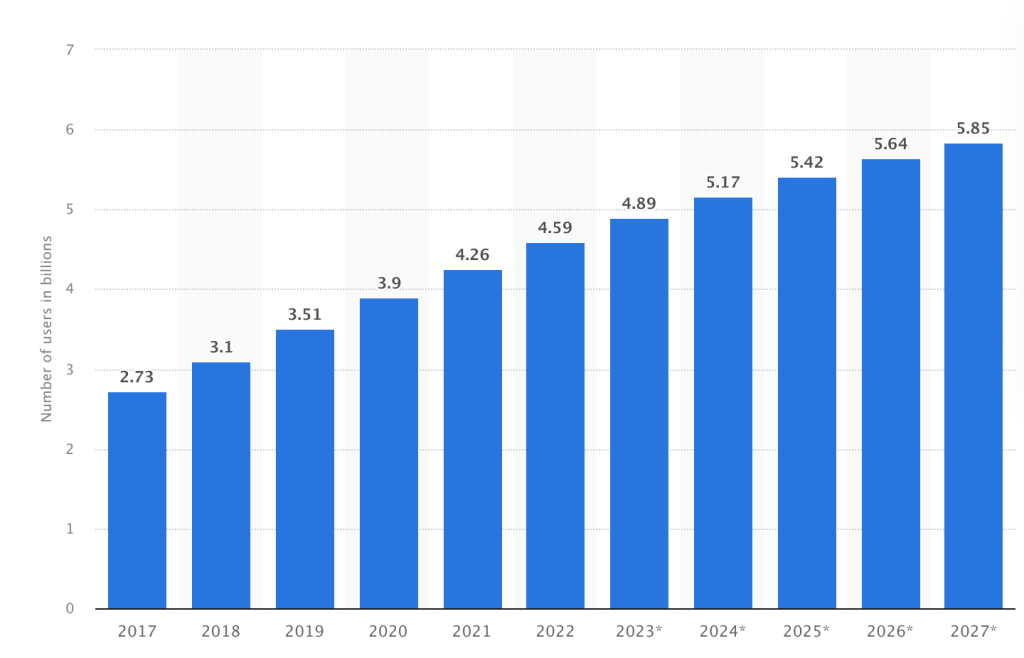
To get the most out of social, engage with your followers. Run interactive polls, host Q&A sessions, and always respond to comments and DMs.
4. PPC (Pay-Per-Click)
Want to turbocharge your online visibility? You need to leverage paid advertising. The previous channels I’ve covered are great for organically growing your brand, but you need to invest as well. And that’s where PPC comes into the picture.
That’s why global digital ad spend will reach $526 billion by 2024.
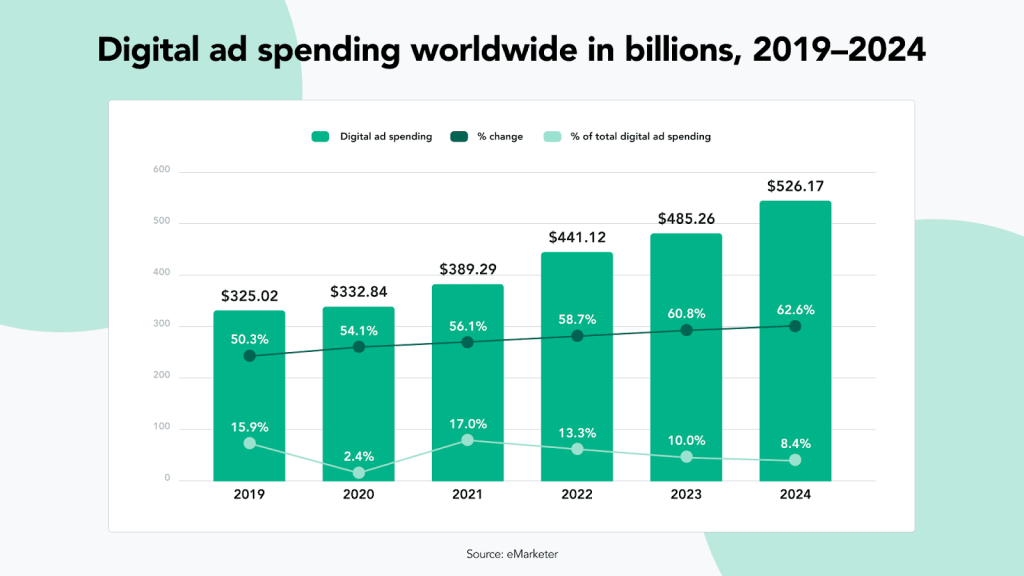
Start with a small budget, test different ad copies, and target your audience precisely.
PPC is all about being patient and conducting tests to continually improve your campaigns.
5. Email Marketing
It’s been around for ages but still packs a punch. Why? Because it’s personal. Direct. And, for every $1 you spend on email marketing, you can expect an average return of $42. Talk about value!
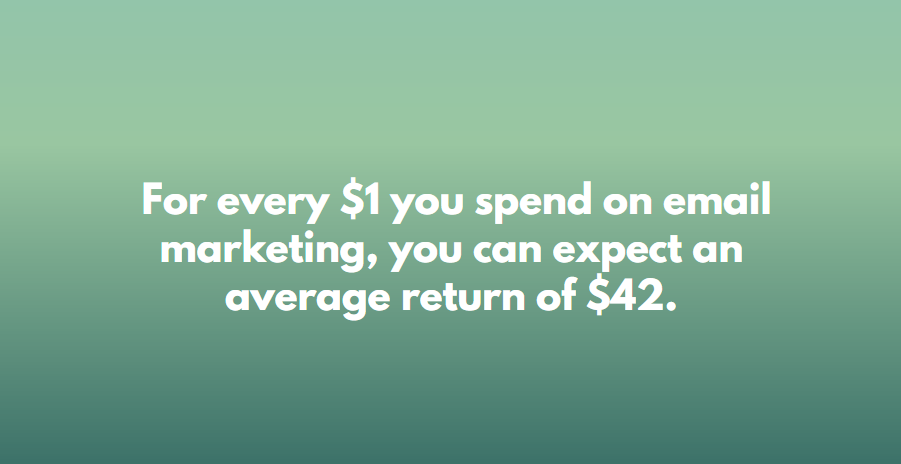
To get this kind of results, segment your email list. Tailor your content. And never, ever spam.
Understanding Consumer Behavior
You can have the best website, the most engaging social media posts, and a product that’s competitive. But if you’re not in tune with what makes your consumers tick? It’s all just background noise.
1. The Buying Process: From the first glimmer of “I think I need this” to the triumphant “Add to Cart” click, understanding each stage of the consumer’s journey is crucial. Meet customers where they are (as you learned earlier) and guide them down the path to purchase.
Map out the buying process for your product or service. Identify potential hurdles and make the journey as seamless as possible.
2. Factors Influencing Decisions: It’s a cocktail of emotions, logic, and external influences. Price, brand reputation, peer reviews—they all play a part. Incorporate all of these into your marketing plan.
Keep in mind that reviews are powerful motivators for purchasing, too. Encourage happy customers to spread the word. Offer referral incentives or simply request a review.
3. Importance of Market Research: Think of it as your crystal ball. It gives you insights, helps you spot trends, and, most importantly, keeps you from shooting in the dark. Market research is the compass that directs your business decisions.
Regularly conduct surveys, focus groups, and competitor analyses. The more you know about your market, the better equipped you’ll be to serve them.
Peeling back the layers of consumer behavior might seem like you’re diving deep into psychology—and, well, you kind of are.
It’s a blend of art and science, instinct and data. Get it right, and you’re not just making a sale; you’re building a relationship.
Marketing Strategy and Planning
Let’s get one thing straight: diving into marketing without a plan is a surefire way to get mediocre results. I’ve seen it again and again with companies I’ve consulted.
Sure, you might stumble upon some success by shear luck, but you’ll likely end up lost, frustrated, and wasting a ton of resources.
So, let’s gear up and plot out your marketing journey with precision.
1. Setting Clear Objectives: Start with the end in mind. What do you want to achieve? Increase sales? Boost brand awareness? Those with written goals are 3x more likely to achieve them than those who don’t write them down. Sounds like good odds to me.
Pinpoint what success looks like for your brand. Be specific. Instead of “increase sales”, aim for “boost sales by 15% in Q2”.
2. Know Your Audience: It’s Marketing 101, but you’d be surprised how many miss the mark here. Dive deep. Understand their pains, dreams, and what they binge-watch on Friday nights.
A study by Epsilon indicated that 80% of consumers are more likely to make a purchase from a brand that offers personalized experiences.
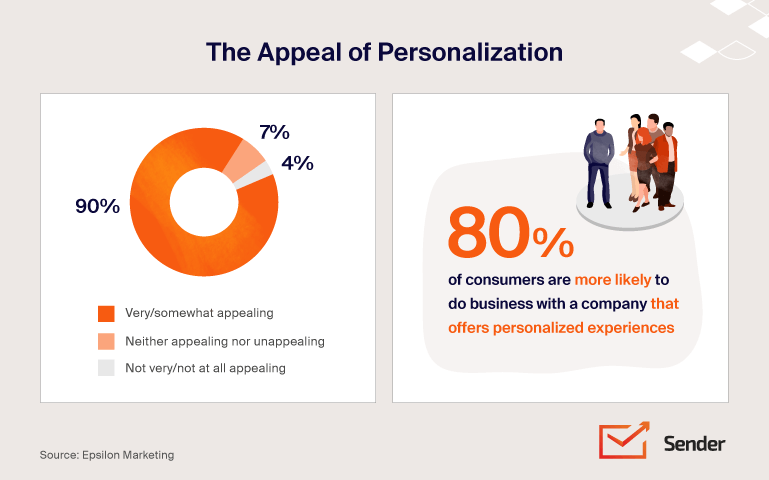
Create detailed buyer personas. Regularly revisit and refine them based on feedback and data. Then, tailor the experience for each type of customer you serve.
3. Choose the Right Channels: Not every platform is a gold mine for every brand. While TikTok might work wonders for a trendy fashion brand, a B2B software company might fare better on LinkedIn. Remember, it’s not about being everywhere—it’s about being where your audience is.
Analyze which platforms yield the highest engagement and ROI for your brand. Double down on those.
4. Budgeting: Money talks. Allocate your resources wisely. While it’s tempting to splash out on flashy campaigns, ensure you’re getting bang for your buck.
Companies that allocate their marketing budgets efficiently can improve ROI significantly. Regularly review and adjust your budget based on campaign performance. Remember, data is your best friend.
5. Monitor and Adjust: The marketing landscape is ever-evolving. Strategies that work today might be obsolete tomorrow. Stay on your toes. Adapt. Iterate.
Ethical Considerations in Marketing
Okay, real talk. Marketing isn’t just about driving sales and racking up numbers. It’s about responsibility. Credibility. Building trust.
And trust me, in today’s fast-paced digital era, with information flying around at the speed of light, playing fair isn’t just the right thing to do—it’s good for business.
1. Transparency: Nobody likes the feeling of being tricked. Be upfront about your product’s capabilities, prices, and any associated risks. A study from Label Insight showed that 94% of consumers are likely to be loyal to a brand that offers complete transparency.
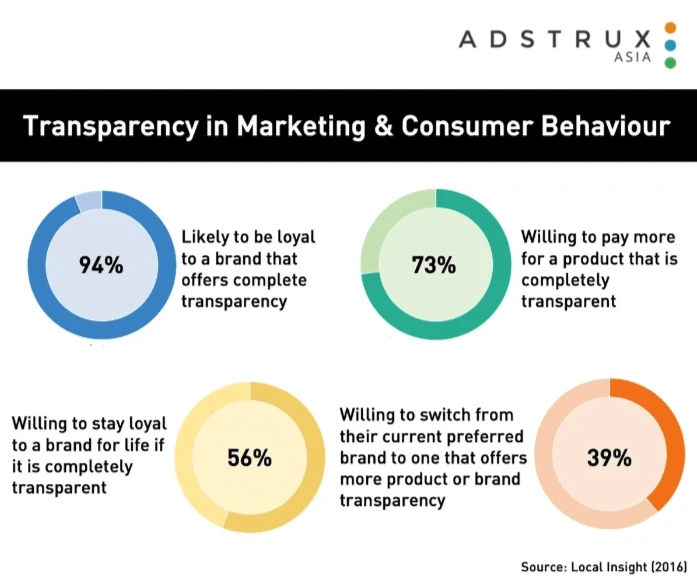
2. Data Privacy: With great data comes great responsibility. Collecting information? Always get clear consent. The GDPR and similar regulations worldwide aren’t just legal guidelines; they’re reminders of the ethical duty we owe our customers.
3. Avoiding Misrepresentation: A little hype is okay, but outright exaggeration? That’s a big no-no. Maintain authenticity. Ensure all claims, stats, and testimonials in your marketing materials are accurate and verifiable.
4. Inclusivity and Diversity: Marketing shapes perceptions. So, be a force for good. Embrace diversity in your campaigns. Collaborate with a diverse team when creating campaigns. Get multiple perspectives to ensure inclusivity.
5. Sustainable Marketing: Go green, not just for the planet, but because consumers care. Highlight sustainable practices in your marketing. If you don’t have them, consider adopting some.
The Future of Marketing: What’s Around the Corner
Marketing changes fast. If you want to generate the best results with your marketing campaigns, you have to understand current trends.
Here are some future marketing trends to keep in mind.
1. Hyper-Personalization: Generalized ads? Those are so 2010. With advancements in AI and machine learning, expect a world where ads speak directly to you.
Gartner predicts that by 2025, 80% of marketers who have invested in personalization will abandon their efforts due to lack of ROI. The trick? Do it right.
Start collecting detailed customer data now. But always remember the ethical considerations we talked about!
2. Virtual Reality (VR) and Augmented Reality (AR) Experiences: Imagine trying on clothes, touring a house, or test-driving a car—all from your living room. That’s not science fiction; that’s the future of marketing.
Dabble in VR or AR. Even simple filters on social platforms can be a starting point.
3. Voice Search Optimization: “Hey Google, find me a Thai restaurant nearby.” Voice search is no longer just a cool feature—it’s becoming a staple.
It’s estimated that 50% of all searches will be voice searches by 2025. So, if your content isn’t optimized for voice? Time to step up.
Make your content more conversational. Think about how people talk, not just how they type.
4. Sustainable and Ethical Branding: More than a trend, it’s a movement. Brands with purpose, with values, with a conscience—they’re the ones that’ll shine.
Be genuine about sustainability. Don’t just greenwash. Take actionable steps and then market them.
5. The Rise of Interactive Content: Goodbye, passive scrolling. Hello, interactive polls, quizzes, and shoppable posts. It’s not just content—it’s an experience.
Sprinkle interactive elements into your content strategy. Keep users engaged, intrigued, and immersed.
Wrapping It All Up: Your Marketing Journey’s Just Beginning
Marketing is the practice of positioning your product effectively and promoting it to the right audience. It’s an essential practice for any business that wants to acquire new customers and increase brand awareness.
However, marketing is constantly changing. Many of the fundamentals still work today, but with technology and trends, you need to keep up to date.
At the time of this article, you want to study marketing fundamentals and digital channels like social media, email, SEO, and content.
Learn how to create a marketing plan, roadmap, and where to allocate budget.
If you want to improve your marketing skills and value, explore my online courses.














